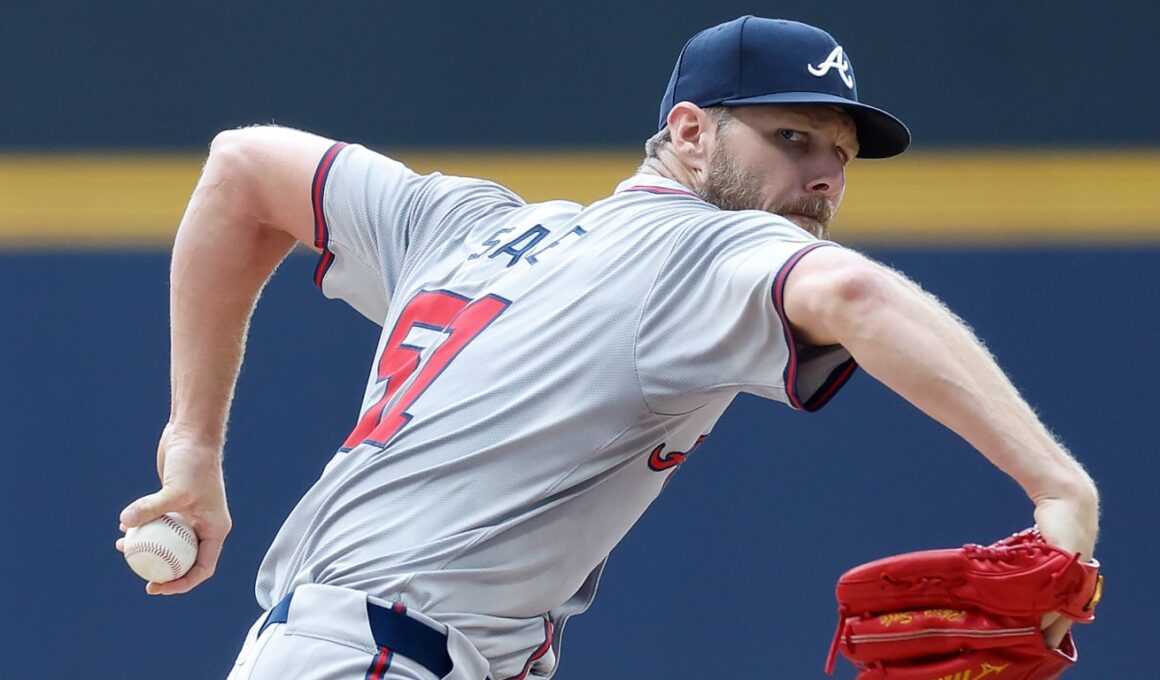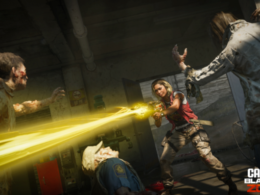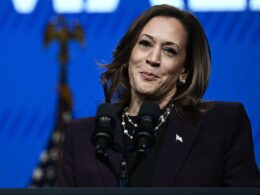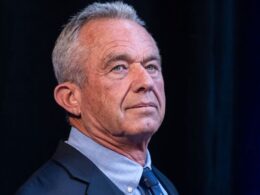We haven’t seen a rebound like Sale’s in decades
35-year-old lefty in position to finally win first Cy Young
Chris Sale, at 35 years old, is about to ruin one of baseball’s more entertaining recent trivia questions: “Who is the best active pitcher to never win a Cy Young?”
It’s long been a fun question to ask, because you just assume that Sale must have won one somewhere along the way, given his elite seven-season run while wearing both kinds of Sox between 2012-’18 – when he made seven All-Star teams, showed up on four Most Valuable Player ballots, won a ring with Boston, and was the most valuable pitcher in the American League by a wide margin.
But Sale never actually won a Cy in that stretch, placing in the top four in four different seasons. If you look at Wins Above Replacement, via FanGraphs, he’s tied with Roy Oswalt for the ninth-most valuable pitcher of the 21st century. Each of the eight ahead of him won the award at least once, combining for 19 total victories.
Sale never did, and after a just-OK 2019 that ended early with elbow soreness and then four entire seasons largely lost to injury between 2020-’23, it seemed clear that he never would.
Except now, in his first year with the Braves, Sale isn’t just back in the conversation. Instead, he seems like he’s easily the front-runner for the award. Sale leads the National League in WAR, if you like modern stats, and also ERA and wins if you don’t. By FanGraphs’ Cy Young Predictor tool, he’s got a commanding lead over Logan Webb, Zack Wheeler, Hunter Greene and others. It’s almost going to be an upset at this point if he doesn’t win, finally giving him the award he’d long been lacking.
The specifics of his return to prominence are interesting enough – once again healthy, his slider looks a lot like the elite pitch it was once years ago – but the more fascinating aspect of this isn’t really the “how.” It’s the “when,” which is to say: Look at this chart, showing his WAR by age.
Look how elite Sale was through age 30, and then look at how much of a non-factor he was for four full seasons to begin his 30s, a decade where pitchers usually fade away or disappear forever. If they’re good at 35, it’s usually because they were good in the years immediately before being 35, too.
Sale, however, has charted what seems like an extremely unusual path, that of the elite pitcher who gets totally lost for multiple seasons in a row before rebounding to post an elite year at, in pitching terms, an advanced age.
That seems like it shouldn’t happen. It seems like it doesn’t happen. So: Has it? Is this a rebound that’s merely impressive, or is it more than that?
What does it mean to be good under 25 and over 35?
Sale, at 4.8 WAR entering his Saturday night start against the Angels, is almost certain to cross the 5-WAR threshold by the end of the season, and for our purposes, we’re going to assume he’ll get there.
Since the start of the post-war – not WAR – era in 1945, we’ve got 654 seasons of 5+ WAR pitching. When Sale gets there this year, at 35, it will be his sixth, with his first coming back in 2014 at age 25. So there’s a good place to start: How many other pitchers have even ever done just that, to put up an elite pitching season at 25 or younger as well as 35 or older?
Not many, as it turns out. Sale would be only the 10th to do it, again in the post-war era.
- Bert Blyleven
- Roger Clemens
- David Cone
- Zack Greinke
- Fergie Jenkins
- Jim Kaat
- Mike Mussina
- Rick Reuschel
- Nolan Ryan
- Chris Sale
That’s a good start, and a great group of names. Then again, this isn’t really right, because these are pitchers who had long, effective, and often consistent careers – they were good young, and they were good old, but they were also good in between, too. It’s not like Clemens, Cone, and Greinke were somehow unproductive in their early 30s, right? Reuschel perhaps comes closest, having missed most of his age 33 and 34 seasons due to a shoulder injury, later finishing 3rd in the 1988 Cy Young voting, at 39.
So that’s nice, but this isn’t it. Let’s do better.
What about an actual similar shape to Sale’s path?
Sale, through age 30, posted 45 WAR, which is highly impressive; only 32 pitchers have done it in the post-war era. Even if we lower it to just 30 WAR through age 30, it’s difficult to do; only 88 have done that. We’ll go with that second group, just to have more comparables. Did anyone who was elite through age 30 do what Sale has done – fall off entirely and then later find their way back?
Of the 88, many of them continued to have excellent production through the first half of their 30s, including legends like Bob Gibson, Tom Seaver, and Greg Maddux, as well as lesser-known but still strong pitchers like Steve Rogers, Mark Langston, and Curt Simmons. Of our 88, there’s 40 who were able to post at least 10 WAR over the next four seasons.
On the other end, more than half of our high-quality-through-30 pitchers didn’t even get to 10 WAR after that. Some of them fell off hard, like Madison Bumgarner and Mike Moore. Some of them were essentially never seen again, like Sandy Koufax. And some, like Sale, Stephen Strasburg, and Johan Santana, struggled to get back on the mound as they battled through injuries.
Of that group, the less-successful group, most were finished by 35 or had little left to offer. Only three, including Sale, ever managed even one more 3 WAR season at 35 or older. Look who shows up again.
- 5.2 WAR // Reuschel, 1985, age 36
- 5.0 WAR // Reuschel, 1987, age 38
- 4.8 WAR // Sale, 2024, age 35 [so far]
- 3.9 WAR // Reuschel, 1988, age 39
- 3.3 WAR // Bret Saberhagen, 1999, age 35
There’s Reuschel again, who, like Sale, came up with a Chicago team and became one of the sport’s best pitchers (finishing 3rd in the 1977 NL Cy voting at age 28) before the shoulder injury sidelined or limited him from age 33-’35. He was told, he later said as a 40-year-old Giant in 1989, that more than one team doctor told him he’d never pitch again. He ended up posting 20 WAR from age 36 through the end of his career, making him one of the more productive late-career pitchers in recent memory.
We can’t be sure yet if Sale’s 2024 is a one-year rebound or the start of a tremendous second act. We don’t know that it’s more likely than not he’s going to finally acquire the Cy Young award that has eluded him for so long. Thanks to Reuschel, Sale’s return to prominence might not be completely unprecedented, but it’s pretty close. There hasn’t been a bounceback quite like this in decades.









